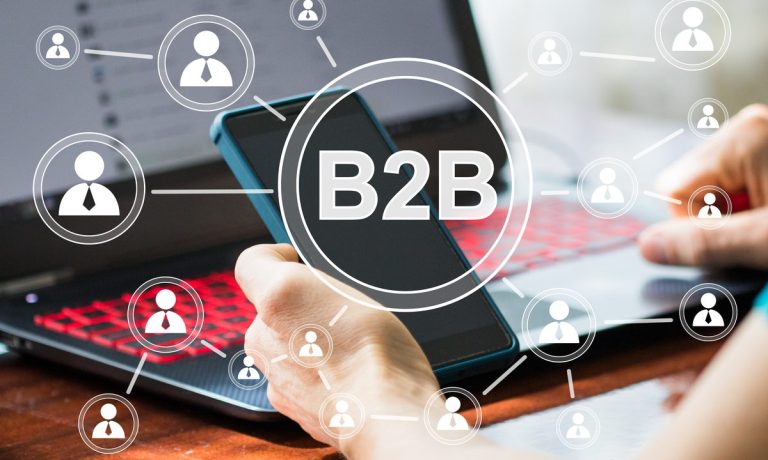
Today in B2B payments, Onion Global unveils the Hoomuch B2B product sourcing service platform, while virtual cards have become financial Swiss Army knives in the work-from-home environment. Plus, B2B buyers want to do more of their day-to-day tasks by themselves online.
Onion Global Launches B2B Product Sourcing Service Platform
Chinese lifestyle brand platform Onion Global has launched Hoomuch, a service platform that provides tools and business support for B2B customers.
Features of the platform include a global sourcing network that covers more than 30 countries and regions and more than 20 product categories.
Hoomuch also gives customers access to a global logistics network comprised of two overseas warehouses and eight domestic warehouses spread over 60,000 square meters,15 customs clearance channels, and an average domestic delivery time of one to four days and drop-shipping support.
B2C Developments Fuel B2B Innovation
The payment trends making waves in the business-to-consumer (B2C) space have not gone unnoticed by B2B firms.
B2B companies are likewise taking to digital channels to manage numerous business functions, including establishing buyer or vendor relationships or handling critical payment functions, according to “Optimizing B2B Payments,” a PYMNTS and American Express collaboration.
Driving this B2B shift is the experience of seamless B2C payment processes in B2B professionals’ personal lives. Many employees are now expecting to see the same seamless, digital payment experiences that characterize their B2C transactions when they make B2B purchases at their firms — and many are more than happy to switch to new vendors if these expectations are not met.
Self-Service Options Keep B2B Sales of Casters Rolling
Business-to-business (B2B) buyers may still want to discuss bigger transactions on the phone, but they want to do many of the more day-to-day tasks themselves online.
Seeing this, Caster Specialists provided both options when developing its new online store for B2B sales of casters — those wheel-and-frame assemblies that make shopping carts, office chairs and platform trucks roll.
On the site, buyers and engineers can find a viable product, specify it, make sure it’s right, see the volume discounts that are available and pay for it. The checkout is built for business. One option allows buyers to pay with a credit card, Amazon Pay or PayPal.
Employee Experience, Efficiency Get a Boost With Spend-Management Software
In most small businesses, spend management is still done manually. That means issuing credit cards to employees, collecting receipts for every transaction, downloading the credit card statement from the bank, matching the receipts against the transactions and adding more details to the expenses in their accounting software.
If the business has 15 employees with cards, and each card has 10 transactions, the accounting department must collect 150 receipts. If there are discrepancies, the accounting department must follow up with the employees. Even if all goes smoothly, the process is time-consuming and error-prone.
For these and other reasons, small businesses are looking for a better way. Fyle, a provider of expense-management software, has found that two-thirds of the customers who come to the company looking for a solution are transitioning from manual processes.
Virtual Cards Become Swiss Army Knife of Spend Management in a Work-From-Home World
Dan DeVall, vice president of business development at Airbase, told PYMNTS that the work-from-home movement has led to an environment where finance teams need not choose between plastic or virtual cards.
Turns out that a holistic approach — leveraging both conduits of corporate spend — and the visibility that rich data from tangible cards or digital ones provides can help companies more wisely manage corporate spend. And they offer a range of flexible features that help all stakeholders working remotely, in office, or face-to-face with partners and vendors — call it the equivalent of B2B omnichannel.
DeVall said B2B transactions themselves have become commoditized, and the adoption of electronic payments must come with something more compelling than the reduction of the transactional cost itself.